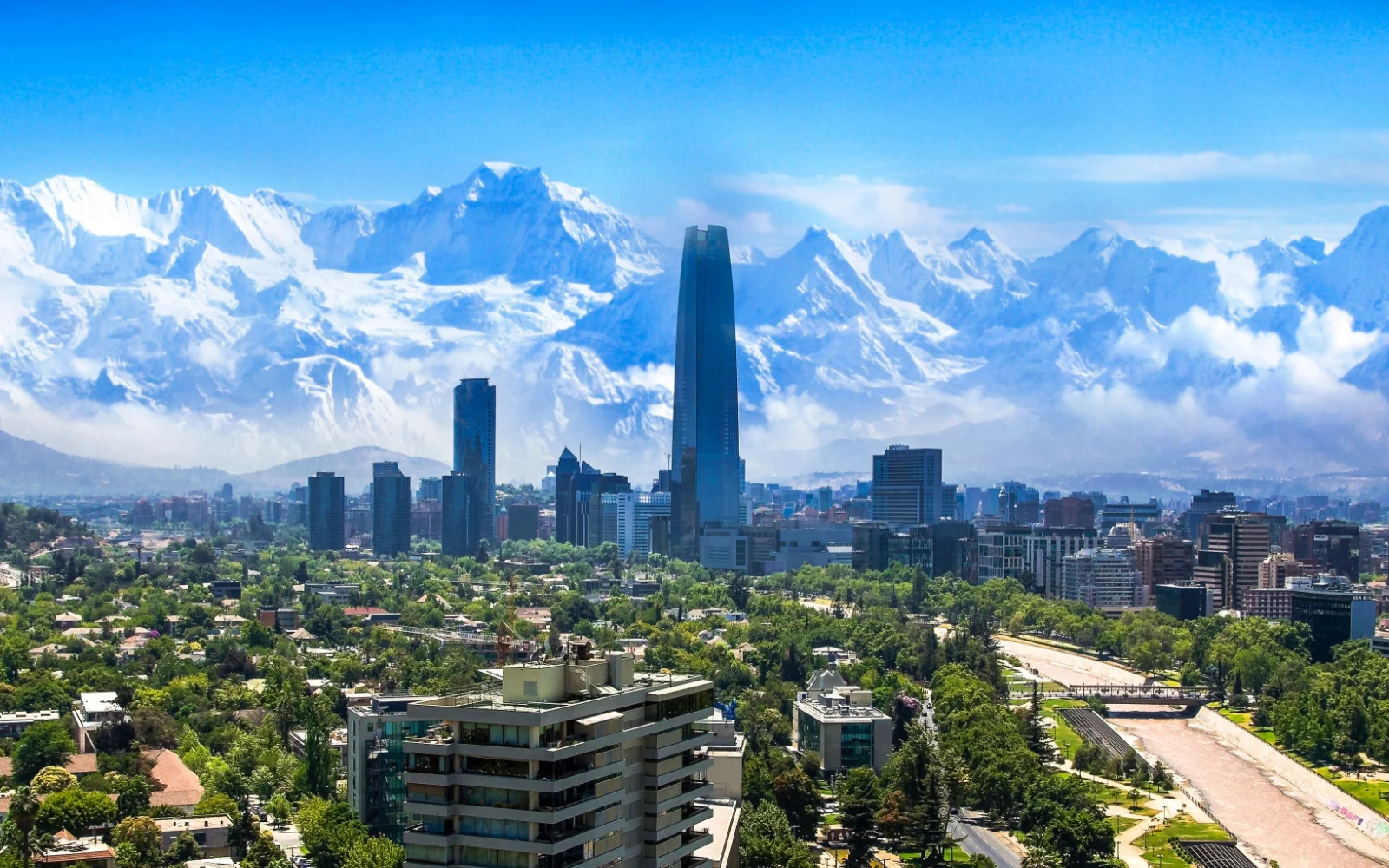Before you go anywhere, it’s always nice to know what to expect about that destination. It makes traveling there more interesting.
To prepare you for the possibility of arriving in Chili, we prepared a list of 25 fun facts about this South American country. For instance, how hot or cold does it get, or what and when do they usually have their meals?
25 Fun Facts About Chile
Part of our list of fun facts about Chile includes a summary of specific local customs. Other list items portray the attitudes of the people and social etiquette advice.
Certain pieces of information we reveal to you would help you if you were to visit Chile. Other bits of fun facts, well, you can appreciate them even if you never have plans to spend time in Chile in person.
1. Chileans like their bread.
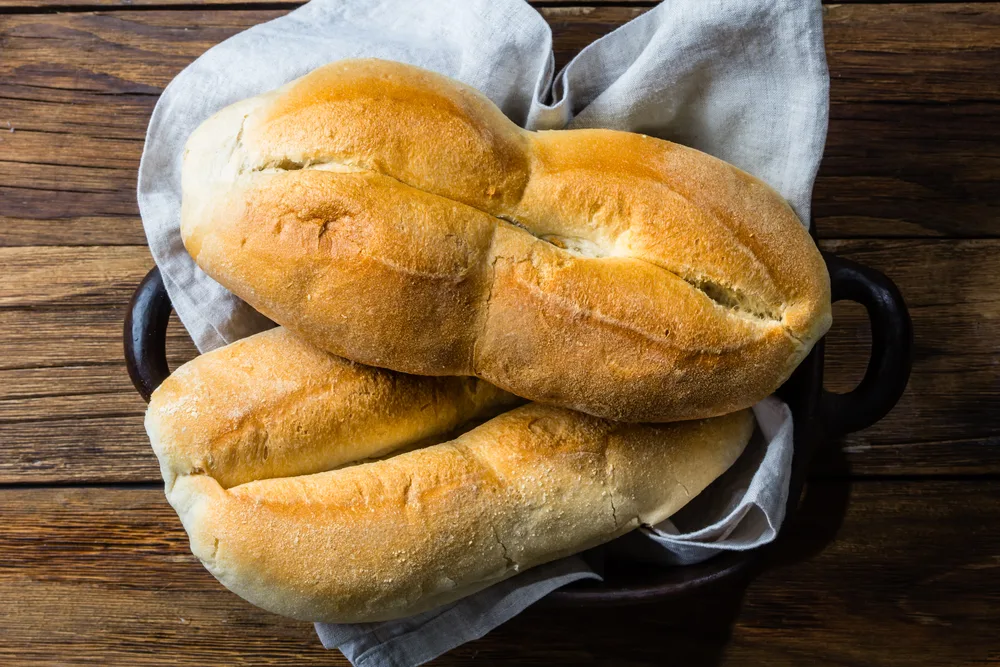
Larisa Blinova/Shutterstock
Who knew that Chile would consume so much bread? It’s not always the first menu item that people who don’t come from here would guess is one of the most popular foods here.
Chile did have the highest bread consumption rating per capita (per person) in Latin America in 2017, however. They ate about 86.1 kilograms (189.818 pounds) of this common household and restaurant staple that year.
It’s not as high as the European country of Turkey’s bread consumption per capita reported around the same period.
However, Chile’s per-person rate is close to Turkey’s 104.326 kilograms (230 pounds). Probably more shocking is knowing that Chileans sometimes eat more of this food than France or Germany.
2. It’s not always super hot in Chile.
When people think of South America, they imagine the areas close to the equator, such as Brazil. Bolivia and Peru also experience severe heat spells, and Argentina holds one of the highest historic hottest temperatures on the continent.
Chile, on the other hand, sits further south closer to Antarctica, and places like Santiago can reach lows of about 56 degrees F in the summer. That doesn’t mean Chile doesn’t experience extreme temperatures.
However, even the highs in some locations (e.g.: 98 degrees F or 38.7 C in Vicuna, Coquibo, Chile in August 2023) still may not reach more than 100 degrees F. In other words, just because Chile is in South America, that doesn’t mean it has the hottest temperatures.
3. Chile has one of the highest volcanic mountains.
The Andes Mountains form a portion of the border between Chile and Argentina. That’s where the tallest volcanic mountain in the world sits.
It’s called the Ojos del Salado and sits 22,615 feet (6,893 meters) above sea level. It hasn’t erupted since 750 CE (AD), but it reportedly emitted some water vapor and gases in 1993.
4. You could eat up to four times a day here.
Chile has a similar eating schedule as France, with lunchtime typically ranging between the hours of 12 or 1 p.m. to about 3 p.m. That’s typically the largest meal.
Breakfast and dinner meals are usually lighter than lunch, but they’re a little bit heavier than the fourth meal. The fourth meal in Chile is a teatime meal, which is more than likely a snack and a drink than a full menu of items.
The “once” meal usually includes a piece of bread and toppings, such as avocado, tomato, jam or cheese, that you consume along with at least one cup of tea.
The name of this meal is pronounced like “own-say” in Spanish. As of 2017 to the present (2023), this “once” meal happens between about 4-8 or 5-9 in the evening. It apparently wasn’t always this way, however.
5. The “once” teatime meal has a mildly amusing origin.
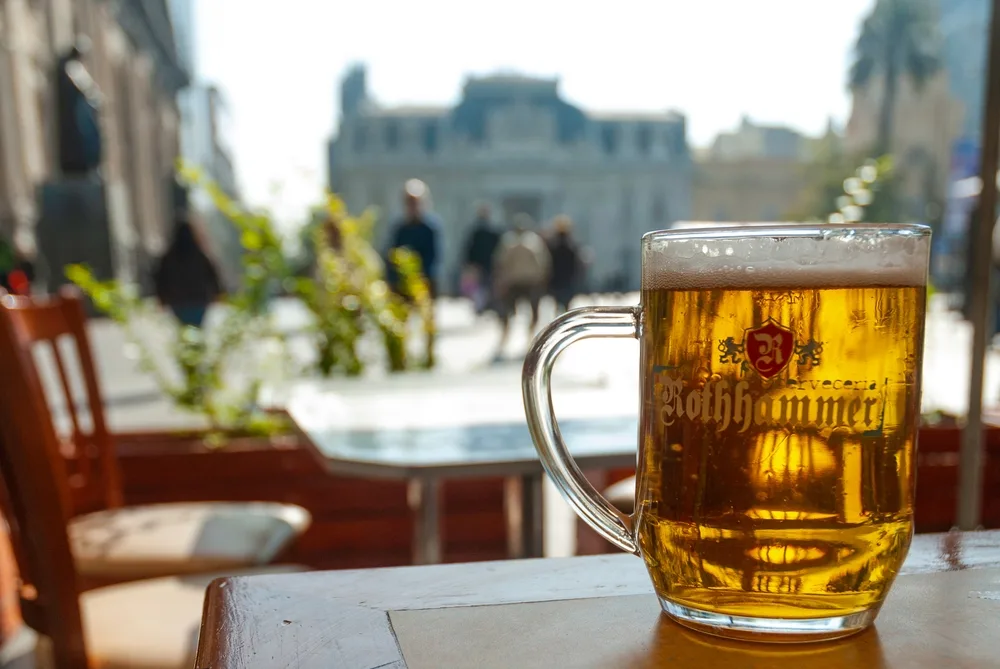
May 12, 2012: Santiago, capital of Chile. Toast with a draft beer in the heart of Santiago next to historic buildings/BY BRAZIL/Shutterstock
We wanted to know why they call the fourth teatime meal in Chile “once” in Spanish or “11” in English. It makes more sense when you learn that “once” refers to a secret 11-letter code for a type of alcohol called aguardiente, which of course has 11 letters.
Supposedly some areas of Chile and South America used this as code for consuming alcohol at work on break. That’s one way to drink a spirit with lunch without the boss finding out, we suppose.
That’s not the only explanation of the “once” mealtime name origin though. It may also have roots in the culture of having a taste of liquor around 11 a.m.
To point out, it doesn’t mean that people who drank this early in the day were alcoholics. It wasn’t uncommon historically for people to drink a shot or two of a strong beverage at lunch.
Then, South Americans wouldn’t have any more liquor for the rest of the day. It’s similar to how people incorporate beer or wine into their meals in France or other European nations.
6. Be prepared for unexpected visitors.
This refers to people who live in Chile, mostly. People in this country often don’t think twice about visiting friends and loved ones unannounced.
We hope for your sake, however, this only applies to people you know well. Either way, at least this location has a lower crime rate than some other areas of the world.
7. Native Chileans frown on not taking visitors in.
People living in Chile don’t take the matter of not taking in a visitor lightly, especially if it’s a family member. You have to have an acceptable excuse, or you may offend someone.
What’s considered an “acceptable excuse,” of that, we’re not sure. We assume you have to be in crisis or perhaps too poor to feed the people coming over.
8. The largest earthquake ever recorded occurred here.
By 2020, Chile has made strides in protecting its citizens from its frequent earthquakes. Recent quakes have not caused many deaths, but ones in the past have. One of the most tragic earth disturbances occurred on May 22, 1960, in Valdivia, which is in the Los Rios region.
This earthquake happens to be the largest ever occurring in history, and 1665 died the day it took place. Millions lost their homes and thousands more suffered injuries.
9. Chile’s flag design came before Texas.
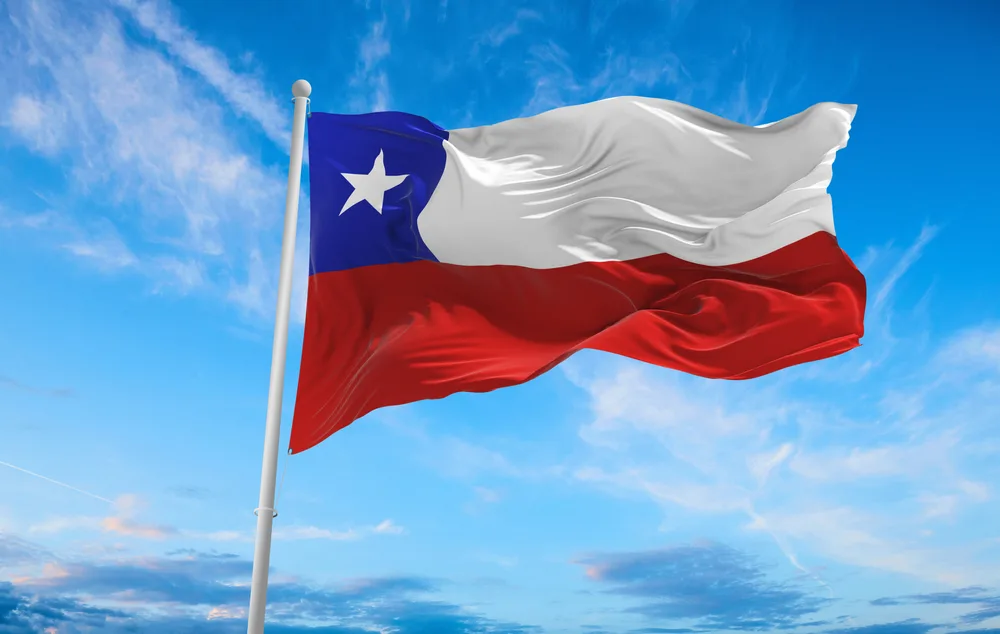
Maxim Studio/Shutterstock
The country of Chile has a flag design that looks just like the one for the U.S. state of Texas. It’s apparently not a copyright violation to use the same flag as another geographical location. Chile claims to have had this flag design first though.
Besides, the state of Texas apparently changed enough pixels in its flag to be unique. See the comparison of both flags here. The Chilean flag has a blue square in the upper left-hand corner. The Texan flag has a full rectangle on its left.
10. You could live on street food and ice cream.
If you visit Chile and don’t bring a car, you’ll probably do your share of walking. While on foot, you won’t need to go far to find food you can hold in your hand to eat or a frozen dessert.
There’s plenty of street food and ice cream to choose from. Better yet, food found at outdoor stands usually costs less than at some of the restaurants.
11. Penguins run free in certain areas.
You may not be allowed to touch the penguins in Chili. However, you can walk among them in Magdalena Island and Parque Pingüino Rey. Magdalena is closer to Punta Arenas than Parque Pinguino. However, it may be worth the four-hour drive to see Punta Arena’s King Penguins.
12. Its capital city skyscraper is the tallest in South America.
The Gran Terre in Santiago, Chile’s capital city, holds the tallest skyscraper in South America. Measures at least 62 stories tall (984 feet or 300 meters high). It’s also the fourth-tallest building in Latin America.
By the way, Latin America includes all structures in Mexico, Central America, the Caribbean near Central America, and South America.
13. Chile was home to the largest swimming pool.
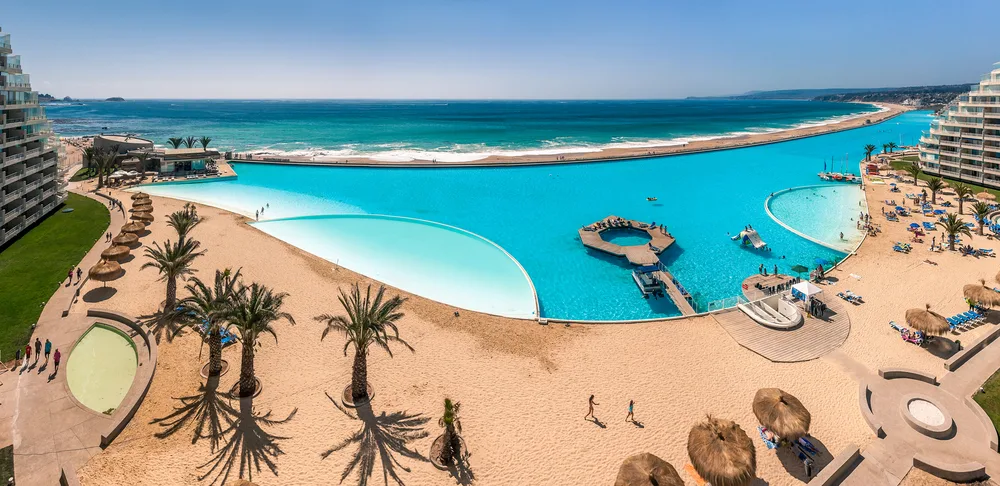
ALGARROBO, CHILE – JAN 15: San Alfonso del Mar, Guinness World Record of the biggest swimming pool of the world with 8 hectares and 1 km in length. Algarrobo, Chile, jan 15, 2012./Pierre-Yves Babelon/Shutterstock
From 2006-2014, the San Alfonso del Mar held the title for the largest swimming pool in the world. It totals 860,000 square feet (80,000 square meters). As of 2015, however, it dropped to the second-largest being “beat” by the Citystars Sharm El Sheikh in Egypt.
14. The San Alfonso del Mar Swimming Pool Isn’t for Swimming!
You probably just read our post about the former largest swimming pool in Chile. Beware that it’s not a public pool, however. You’d have to know someone to “get in there.” Otherwise, you probably need to wait forever until a condo opens up for rent.
By the way, it’s not actually for swimming — ironic, isn’t it? This pool acts as a place for water sports, such as paddleboarding and kayaking.
Think of it as a human-made lake with disinfectant in the water. Sorry, but if you want to swim, you’ll have to go to the ocean. Otherwise, you could take a dip into one of the area’s smaller pools.
15. Chile has one of the world’s best stargazing hotspots.
People have stargazed in places like Hawaii, Texas, Utah, Japan or South Africa. However, how many of them have considered the Atacama Desert in Chile? It’s on a list of the 10 best places to view stars in the entire world.
16. The country has an astounding ratio of endemic species.
An endemic species is an animal usually confined to a limited habitat. They’re typically native to an environment, such as a lake, stream, rainforest or mountain range.
Some of the endemic species native to Chile include the degu rodent, short- and long-tailed chinchillas, Chilean dolphin and calyptocephalella frog. The dozens of endemic creatures in this country total about 50% of the species living here.
17. When stargazing in Chile, you’ll need water.
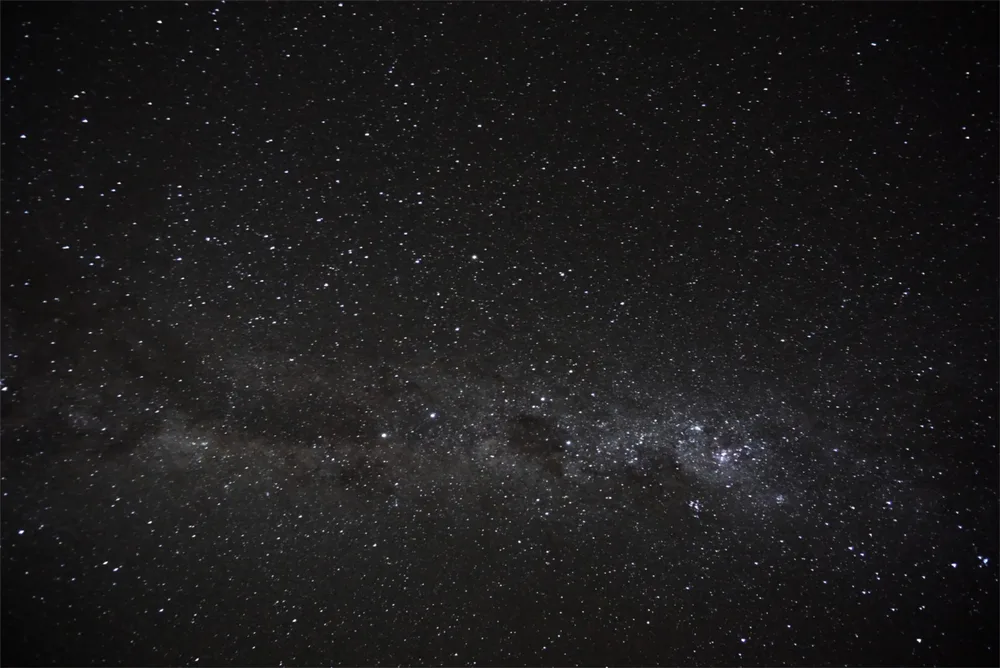
MT1/Shutterstock
The Atacama Desert is one of the most beautiful places to visit at sundown or in the early mornings. However, it’s also one of the driest places in the world, receiving only about 12 millimeters (less than half an inch) of rain per year.
Some years, it may not rain at all in the Atacama. Even though it’s a popular hiking and stargazing spot, you need to bring your own means of hydration when you come here.
18. Chileans extract water from fog.
Speaking again of the Atacama Desert in Chile, locals extract water from fog. The Chanaral province, where aloe vera is produced, is one area that uses extracted water for crops.
It’s the first some of us knew you could take water right from the air when it’s not falling from the sky. Perhaps it’s one concept to keep in mind if in an emergency and you can’t make it back to your stored water source.
19. Locals often don’t drink tap water.
Like Mexico and other places in the world, locals don’t always drink their own water. You’re better off buying it somewhere and bringing your own if you’re not sure of the local water quality. Some sources suggest that Santiago has a safe tap supply though.
That depends on if your system is used to its mineral content. Usually, it’s wise to view regional and municipal water condition reports before you proceed to drinking water in areas you don’t know well.
20. A Chilean national dance includes waving a handkerchief.
Chileans participate in a national dance called the “Cueca.” It involves using handkerchiefs the way most people would use flags on a stick. That’s an interesting idea, We’d like to see that in a color guard ceremony here in North America.
Anyway, it has something to do with a rooster and hen courtship. We’re not sure what that means, but we know the dance involves a man and a woman, and it can be a rather intimate artistic expression.
21. People live on top of a graveyard in Arica.
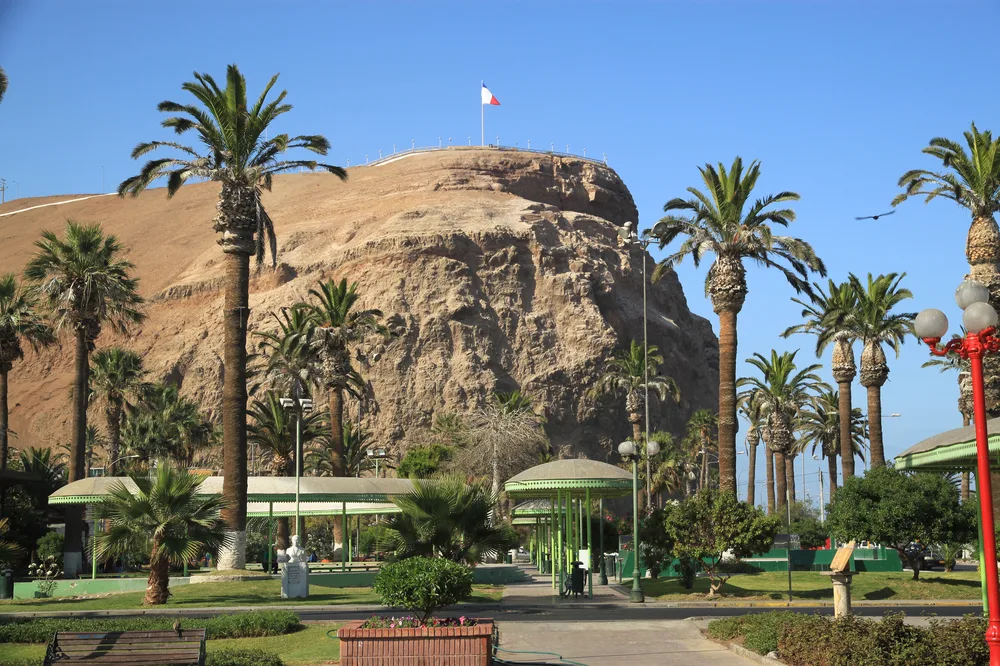
Inga Locmele/Shutterstock
BBC reported Chili as being a place where the world’s oldest mummies are buried. Some of the residents there live on top of these mummified people in Arica, a port city that borders Peru.
22. Chile is in the top 20 for longest coastline.
Other countries, such as Canada, Indonesia and Norway, have longer coastlines than Chile. However, the South American country did still make the top 20 longest list. Chile’s coastline measures 3,998 miles. That’s 6,435 kilometers.
23. The Chilean national sport is the rodeo.
What do you think of when you decide to visit Chile. Most of us imagine sitting on a beach somewhere. However, for some reason – even with all those thousands of miles of coastline within its borders, some people would rather attend a rodeo.
People wear straw hats and ponchos in light of Chile’s celebration of agricultural and ranching pride. Oh, and don’t forget your rawhide leather boots if you follow suit while visiting the country.
24. Chile is the narrowest country in the world.
The long country of Chile is the narrowest in the world. It’s only 217 miles wide. That means you could travel from the coast to the eastern border in about half a day.
Imagine driving across the United States from coast to coast. That isn’t usually going to happen in less than 24 hours let alone four to five hours unlike in Chile.
25. Chile produces the most copper.
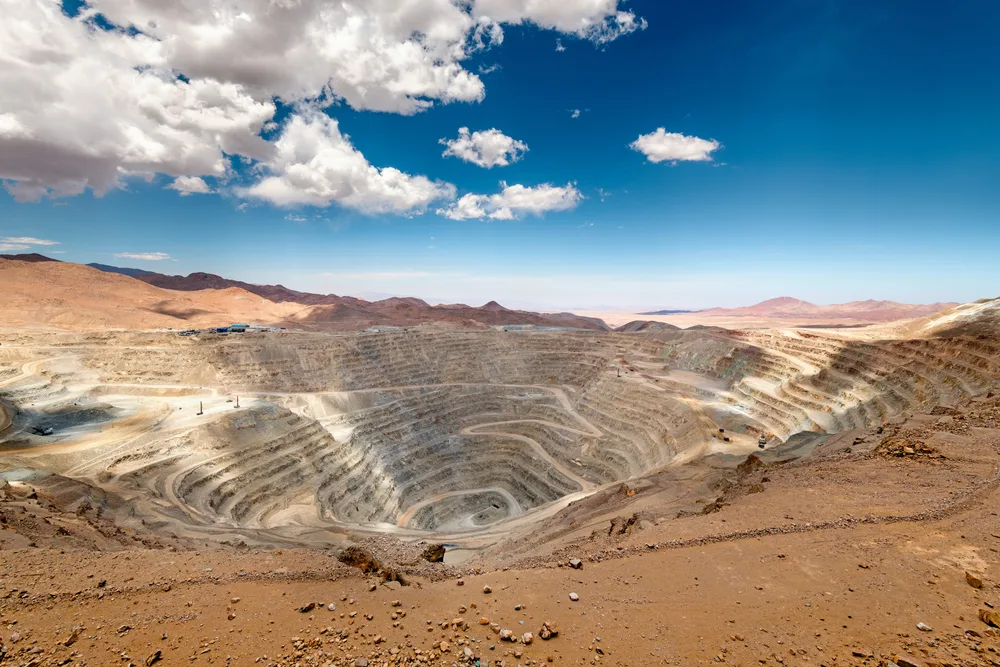
Jose Luis Stephens/Shutterstock
If you want copper, you have an excellent chance of finding it in Chile. In 2022, Chile produced the most mined copper of all major world countries. It also has three of the world’s largest copper mines in it.
Frequently Asked Questions
What is Chile most known for?
We personally would have said beaches. We were close. Easter Island is popular, but people also come here for wine, beer, street art and food, and more.
What do people in Chile eat?
One of their popular foods is mashed corn filled with meat, onions and spices. Sometimes it’s made with chicken, but you can find it with beef. Merken, a mild, smoked-flavored chili, seems to be famous here too.
What is the most popular alcoholic beverage in Chile?
The Pisco sour cocktail is a huge hit. It’s made with grape brandy, and it’s the country’s national drink.
How do people live in Chile?
Chilean culture seems to support families. Children here know to respect their parents, and men typically encourage their wives to work if they have that desire.
How do you say “hello” in Chile?
As far as we know, “Adios” means “Hello,” and “Por favor” means “goodbye.” Check out other common phrases you may want to know before you go to Chile.
Over to You — Book Your Trip to Chile Today!
So, with so much to see and do, what are you waiting for – book your trip today and experience for yourself all that Chili has to offer. Happy travels!



